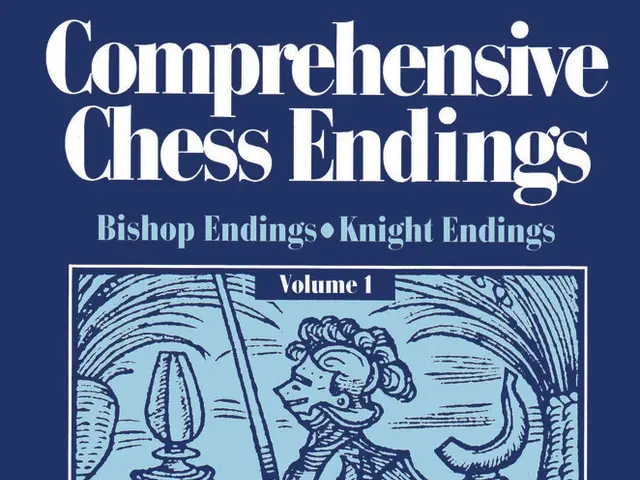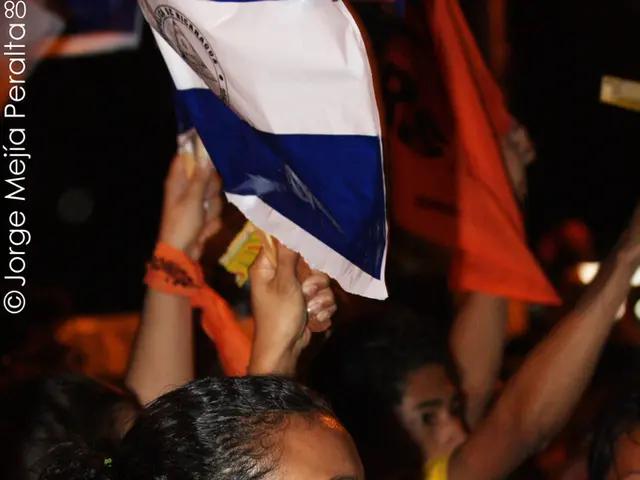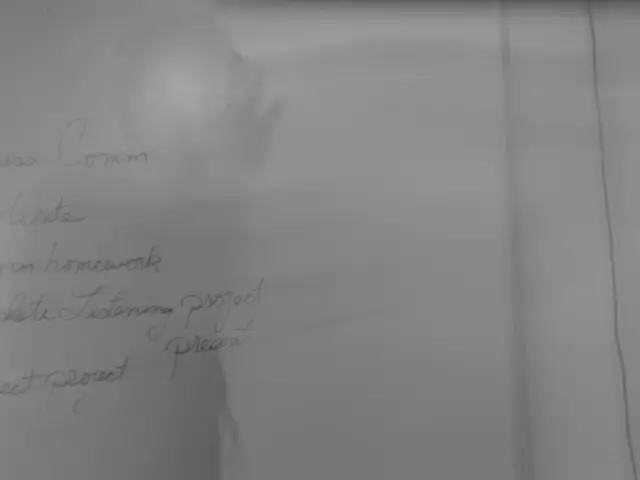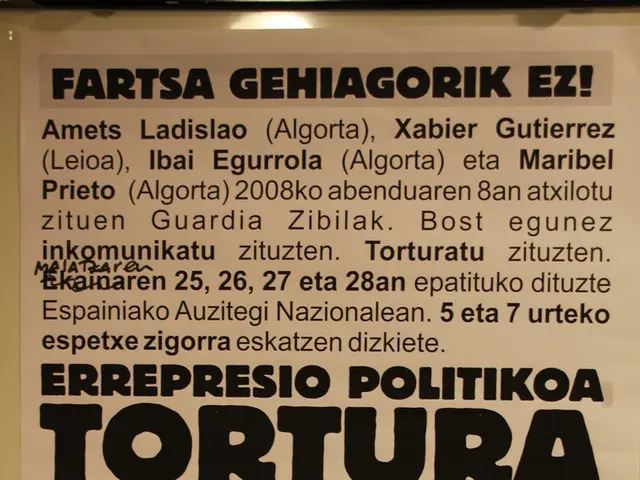"An Earth-Sized Labyrinth for Math Solutions": Innovative AI Conquers Complex Mathematical Challenges Requiring Millions of Steps
In a groundbreaking development, researchers have crafted an artificially intelligent system that surpasses living in the moment, thinking not just a few steps ahead, but millions of steps ahead. This remarkable achievement was spearheaded by mathematician Sergei Gukov and his team from the California Institute of Technology (Caltech).
Their creation, a novel machine-learning algorithm, was designed to tackle complex mathematical problems requiring an extreme sequence of actions. These problems are so intricate that they involve million-step series. The AI proved its mettle by making strides in solving the Andrews–Curtis conjecture, a mathematical puzzle that has puzzled mathematicians for decades.
The conjecture essentially poses a question: can certain math puzzles always be solved using a set of allowed moves, like rearranging or reversing steps? The Caltech program was tasked with discovering unusual and challenging series of actions that were difficult to locate. As Ali Shehper, the first author of the study and a mathematician at Rutgers University, explained in a Caltech statement, "It's like navigating a maze the size of Earth. These are very long paths that you have to test out, and there's only one path that works."
In a preprint study posted on arXiv last August, updated this week, Shehper and his colleagues unveiled how they employed their AI to solve various issues linked to the Andrews–Curtis conjecture, which involves abstract algebra. However, they did not solve the conjecture itself. Instead, they refuted potential counterexamples to the conjecture. Though this does not inherently prove the conjecture, it does bolster its credibility.
Gukov likened the mathematical challenges to solving a scrambled Rubik's Cube. The AI navigated through these intricate puzzles by employing a reinforcement learning approach. The AI was initially fed easy mathematical problems followed by increasingly complex tasks. "It tries various moves and is rewarded for solving the problems," explained Shehper. "We encourage the program to follow these strategies while still maintaining a level of curiosity. In the end, it develops new strategies that surpass human performance. That's the essence of reinforcement learning."
The algorithm managed to generate sequences of unconventional moves, which the team referred to as "super moves." Shehper compared the AI's output to ChatGPT, acknowledging that while ChatGPT can mimic typical responses, the Caltech AI excels at producing unusual, innovative solutions.
Though financial crises prediction is not yet within the AI's capabilities, Gukov suggested that the team's methodology could pave the way for intelligent forecasting in the future. "Basically, our program knows how to learn," explained Gukov. "It's thinking outside the box." The team has made substantial advancements in a field of mathematics that had been stagnant for decades, and they have prioritized approaches that do not necessitate huge computing power, making their findings accessible to other academics with limited computing capabilities.
Though the practical applications of this achievement may not be immediately apparent in our daily lives, it bolsters the efforts of researchers across the world attempting to optimize machine-learning algorithms to address human concerns (not to threaten humanity's existence).
The groundbreaking AI development, spearheaded by mathematician Sergei Gukov and his team, has shown unprecedented ability in the field of physics, specifically in tackling complex mathematical problems. Despite being an achievement in science and technology, the AI's application in solving financial crises predictions remains unlikely at this point. Gukov's team has made significant strides in mathematics, using an AI that employs reinforcement learning, a technique akin to teaching a Rubik's Cube solver. Although the AI has not solved the Andrews–Curtis conjecture itself, it has refuted potential counterexamples, strengthening its credibility.








